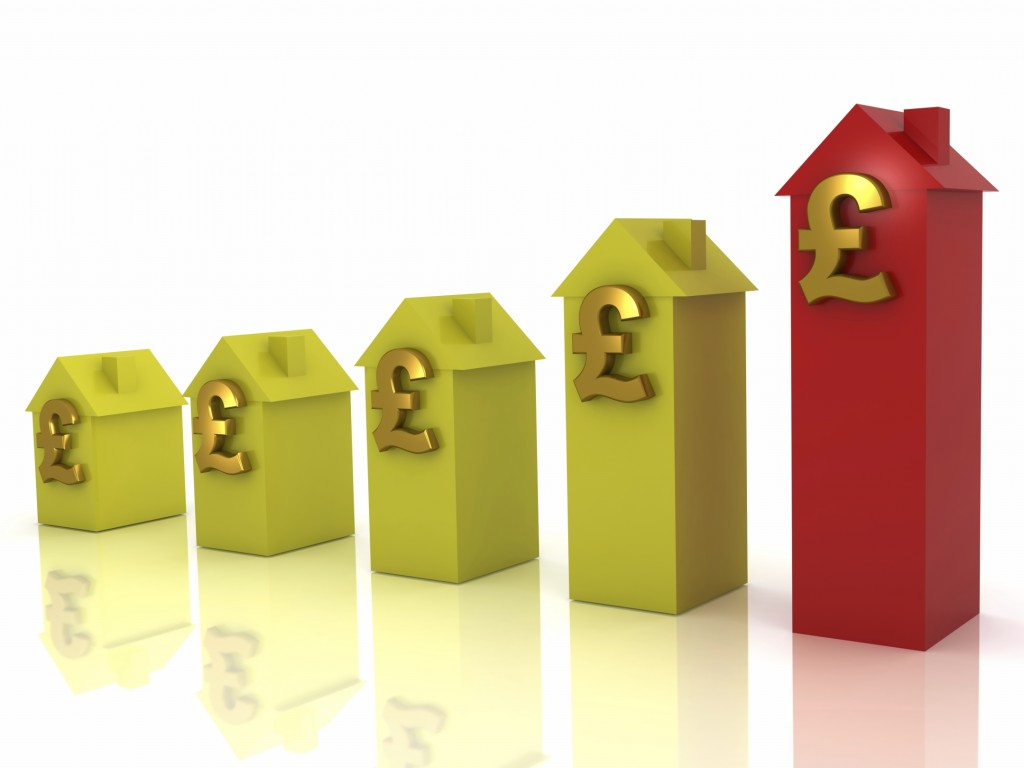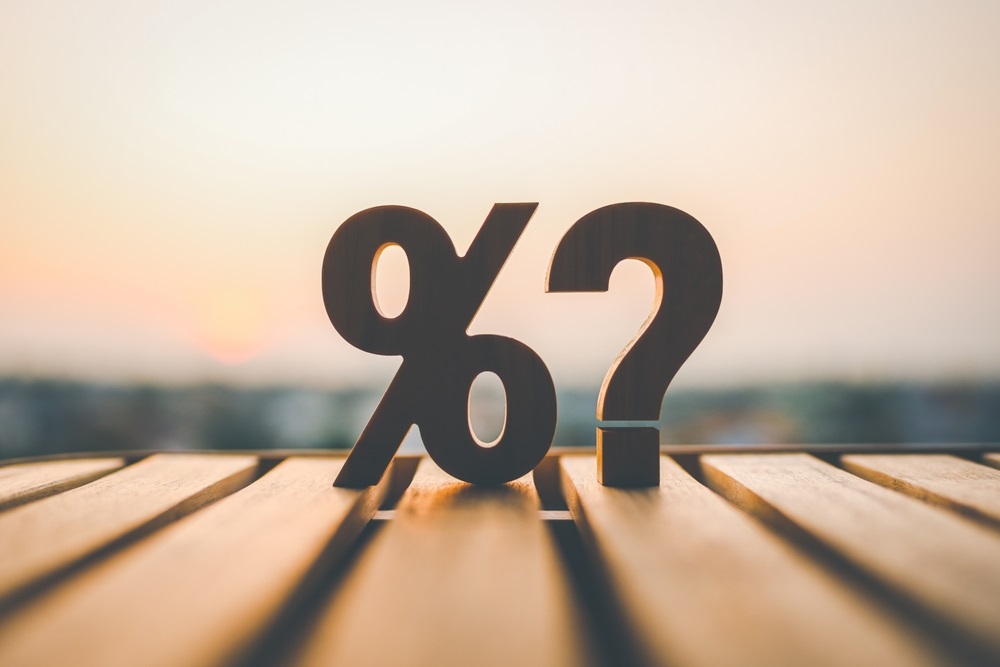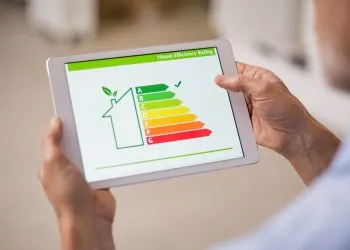Landlords rushing to beat the stamp duty changes caused knock-on effects in April which pushed the average price of a property in the UK and Wales to a record high. According to Rightmove, the average price of property coming to market went up 1.3% (£3,843) from March to set a record high of £307,033. This […]
 Landlords rushing to beat the stamp duty changes caused knock-on effects in April which pushed the average price of a property in the UK and Wales to a record high.
Landlords rushing to beat the stamp duty changes caused knock-on effects in April which pushed the average price of a property in the UK and Wales to a record high.
According to Rightmove, the average price of property coming to market went up 1.3% (£3,843) from March to set a record high of £307,033.
This rise was driven by homeowners trading up to larger properties after selling to buy-to-let investors looking to get in before the 1 April stamp duty hike.
Miles Shipside, Rightmove director and housing market analyst, said: “While some felt that there would be a stampede of existing landlords selling to other landlords, these figures indicate that many of those who sold during the buy-to-let rush were actually first-time sellers looking to trade up.
“They used the heightened demand from investors competing fiercely with first-time buyers to springboard themselves onto the next rung of the housing ladder. After several years of being held back from moving by post-credit-crunch price doldrums, they have now benefitted from a heady combination of price growth, historically cheap interest rates, and confidence of a quick sale with purchasers working to a tight deadline.
“Trader-uppers have now been unleashed and this has spread demand upwards and helped to form longer chains. Interestingly there has been a stamp duty double-whammy effect pushing up prices in these higher sectors too. Earlier reforms in December 2014 reduced stamp duty for all properties priced below £937,000, especially around the previous punitive thresholds, also boosting demand and prices.”
Typical second-stepper sector properties (three or four bedroom properties) went up 0.6% (+£1,512) this month, and this sector compared to the others has seen the largest year-on-year percentage rise, up by 8.6% (+£20,519).
The top of the ladder sector (four bedroom detached and five bedrooms or more) recorded the biggest rise this month of 1.9% (+£9,970). Their annual rate of increase remains the lowest however, at 5.1%.
The biggest annual growth was in the East of England at 10.8%, while the lowest change was in Wales at 1.2%. The average price of a property in London rose 8.7% annually.
Jeremy Duncombe, director of Legal & General Mortgage Club, said: “As expected, the stamp duty rush caused more buyers to hurry completions and as a result drove house prices to a record high. Year-on-year prices also remained on their upwards trajectory above inflation. As a result, affordability is a lingering concern, particularly in areas such as London and the South East.
“If we want to ensure that large swathes of the public are not priced out of the market, construction companies will need to take advantage of the various government initiatives on offer in order to increase supply and help ease house price inflation in future years.”
What Mortgage has teamed up with London & Country to offer you expert advice on the right mortgage deal.
Whether you’re buying a new home, remortgaging to a new deal or buying an investment property, L&C can help – and you’ll pay no fee for their advice. To find out more, click here.














